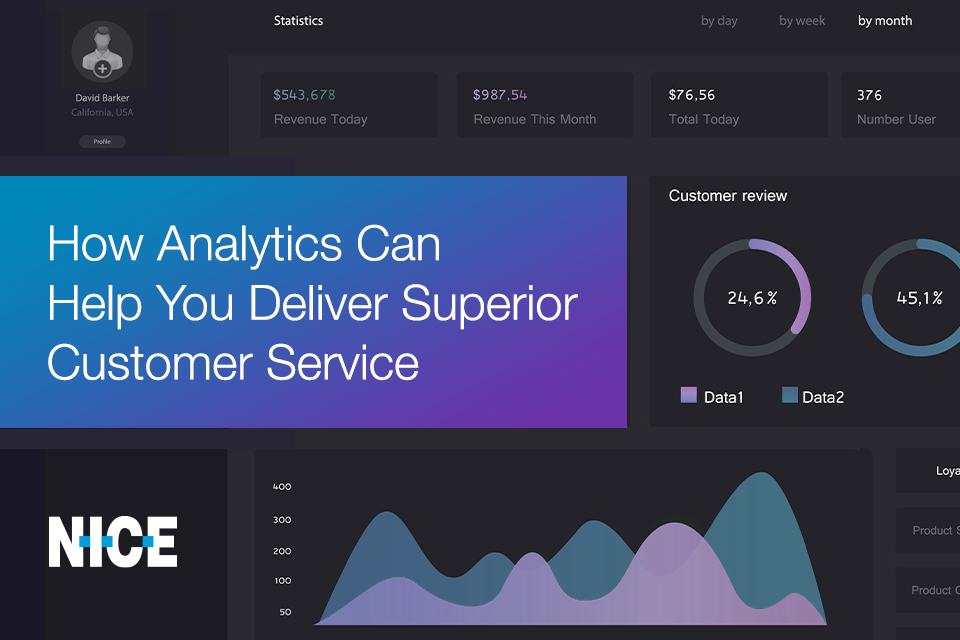NICE CXone now available natively on Azure
https://contactcentresummit.co.uk/wp-content/uploads/2019/02/Nice-Logo.jpg 960 640 Stuart O'Brien Stuart O'Brien https://secure.gravatar.com/avatar/81af0597d5c9bfe2231f1397b411745a?s=96&d=mm&r=gNICE has expanded its partnership with Microsoft, delivering CXone on Azure to create what it says will be frictionless, personalised digital customer experiences.
NICE has received Top Tier status, Microsoft’s highest level partner designation, for Azure IP Co-sell driving deeper collaboration and a strong go-to-market momentum.
The partnership leverages the power of CXone to help organizations globally to transform their customers’ experiences and build a digital first customer service operation.
With a joint global go-to-market co-selling strategy working together with key strategic accounts enabling rapid time to value, extreme agility and a faster path to the cloud, NICE and Microsoft will accelerate organizations’ adoption of CXone.
CXone’s advanced AI and full portfolio of voice and digital solutions and with its integrations with Teams, Dynamics, Nuance, ACS (Azure Communication Services), and Customer Insights, allows organizations of all sizes to create proactive, brand-differentiating interactions that exceed the expectations of the digital-first customer and goes beyond the boundaries of the contact center.
Paul Jarman, CEO, NICE CXone, said: “Consumers today expect fast, convenient digital and self-service options. Through the expanded partnership with Microsoft and with CXone now available on Azure, and with our co-sell partnership, we are taking another step in the frictionless revolution allowing organizations to meet their customers wherever they choose to start their journey and create a cohesive digital experience. This better-together offering will foster customer experience interaction (CXi) modernization and provide a standard-setting choice for customers.”







